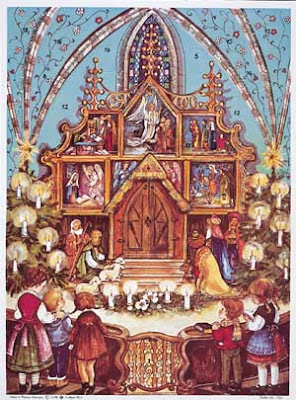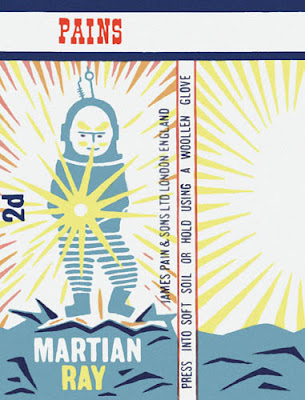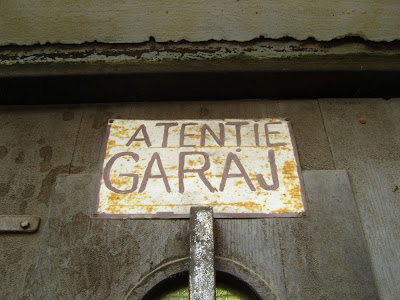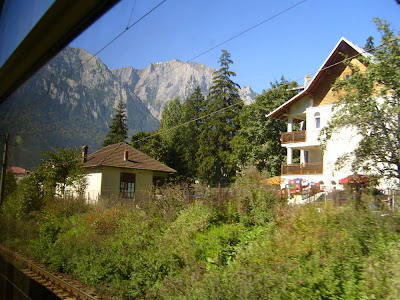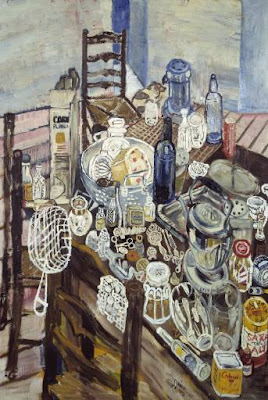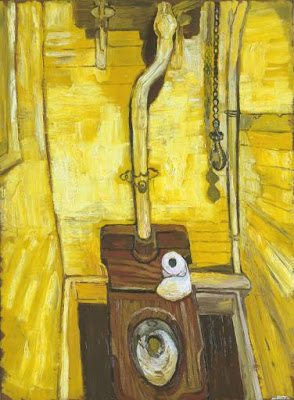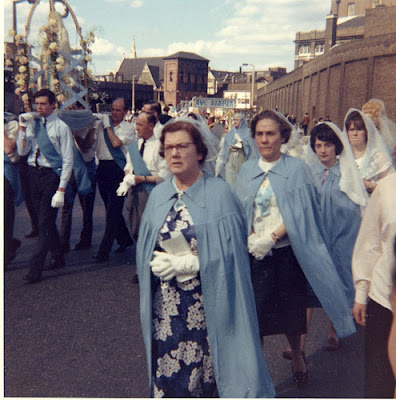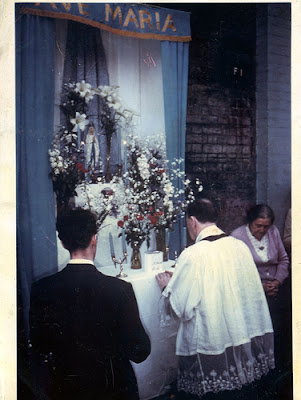
John Bratby revisited. When I wrote about the slightly-neglected British "Kitchen Sink" artist
John Bratby in my September 13th post I didn't expect much of a response and true enough, no blog comments were received.
A little while later though I received an email from musician and artist
Harley Richardson with a very interesting and unexpected Bratby connection. His Dad, Ian Richardson, a former BBC employee, had once had his portrait painted by the great palette-knife wielder. I knew Bratby had concentrated on portraiture since the late 60s and his sitters had included British luminaries like John Betjeman, Sir Alec Guinness and Spike Milligan, but never dreamed I would hear first-hand details of what it was like to be painted by the whiskered one. Ian Richardson has kindly written about his encounter especially for Bagnall's Retreat and this is what he remembers:
"When I was on the BBC staff, any mail for 'Ian Richardson' would come to me and that would sometimes include fan letters for my actor namesake, who had made a name for himself, not least in 'Tinker, Tailor, Soldier Spy'. Late in 1982, I opened an envelope to find a letter from John Bratby inviting me to pose for an exhibition 'The Individual in the Growing Egalitarian Society'. I was told that the exhibition would also include new portraits of the Queen Mother, Paul McCartney and a number of other prominent folk. Clearly the invitation was not intended for me, so I wrote back to John, saying how flattered I was but the invitation was obviously for the actor and had been forwarded to him. This amused John and he thought it would be fun to paint both Ian Richardsons, so in March 1983 my wife and I went to his house in Hastings and sat for several hours as he did the large portrait using a palette-knife and oils. Throughout the sitting, his wife, Patti, brought me coffee in an outsize cup and saucer...plus a frequent supply of bacon sandwiches. She would take the opportunity to study the progress of the portrait, then would return a few minutes later to hand John her comments scribbled on a scrap of paper.
As John and I parted he gave me a signed copy of his book 'Breakdown'. It was intended for his psychiatrist and already had a hand-written dedication in the fly-leaf, but John had simply added my name and the date and handed it to me. My actor namesake declined to be painted by John and my portrait never appeared in the exhibition. John later offered to sell it to me for £300, but I was so poor at the time that I couldn't afford it. Later, after John had died and I was financially better off I contacted Patti Bratby asking if the portrait was still available, but she couldn't find it anywhere among his collection."
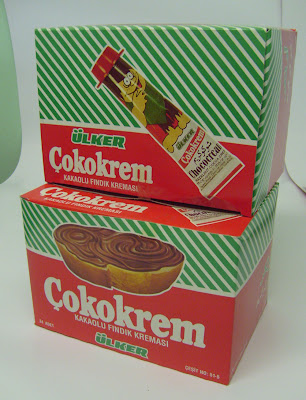 Turkish Confectionery Art. The necessary arrival of Polish foodstuffs in British shops has seen me optimistically searching for either appealingly dated or enticingly exotic Polish packaging. So far I've been disappointed, most Polish beer cans or orange cordial bottles look as brightly bland and contemporary as any other items of consumer enslavement on Tesco or Asda's shelves. The search for graphic novelty has had to continue elsewhere...
Turkish Confectionery Art. The necessary arrival of Polish foodstuffs in British shops has seen me optimistically searching for either appealingly dated or enticingly exotic Polish packaging. So far I've been disappointed, most Polish beer cans or orange cordial bottles look as brightly bland and contemporary as any other items of consumer enslavement on Tesco or Asda's shelves. The search for graphic novelty has had to continue elsewhere...
